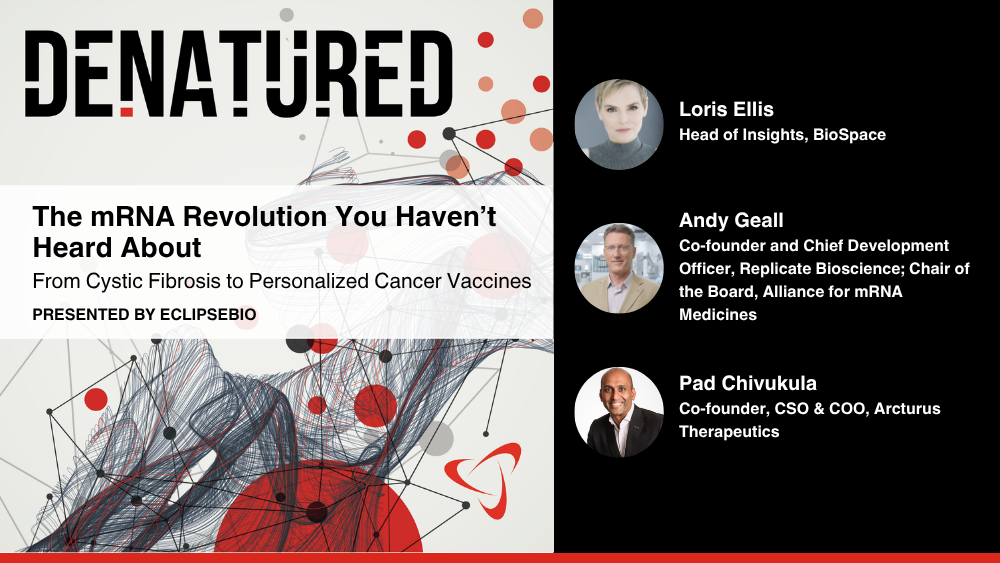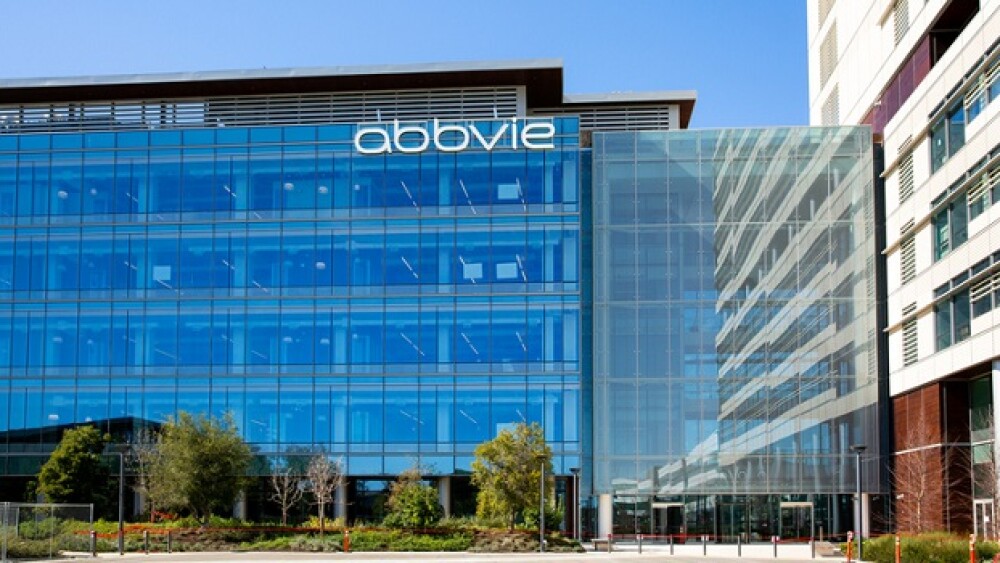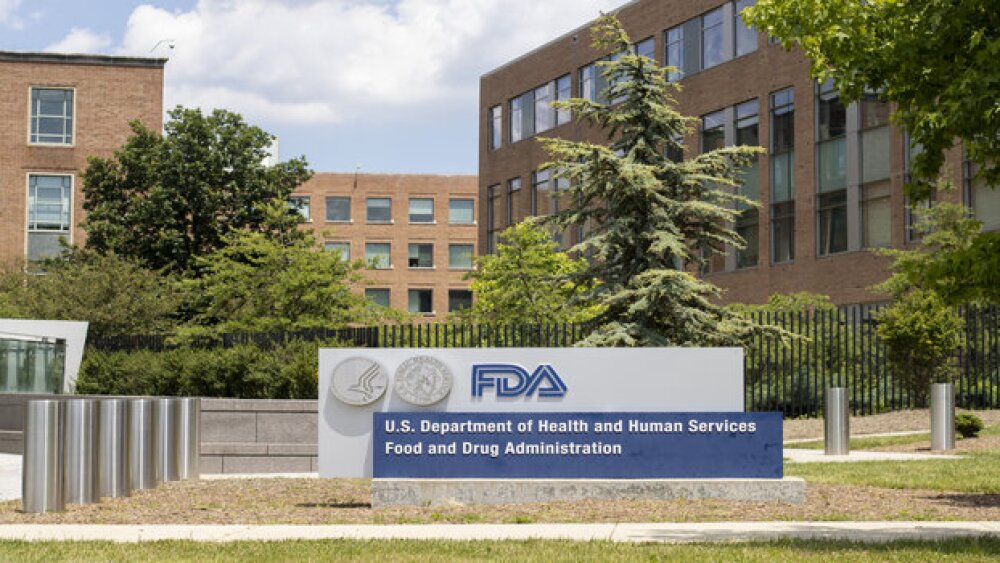Research Led by the MMRC Includes Updates from Seven Ongoing Trials in Multiple Myeloma
NORWALK, Conn.--(BUSINESS WIRE)--The Multiple Myeloma Research Foundation (MMRF) today announced new data led by the Multiple Myeloma Research Consortium (MMRC), its clinical network of centers of excellence, being presented at the American Society of Hematology (ASH) annual meeting December 5-8 in Orlando, Fla. These data reinforce the organization’s unique end-to-end system in precision medicine and ability to accelerate new treatments for patients with unmet needs.
“The MMRC was built a decade ago to dramatically accelerate novel preclinical and clinical research addressing unmet medical needs in multiple myeloma. These data presented at ASH are another step toward ensuring that patients have faster access to more individualized treatment approaches.”
The data presented at ASH includes results from a study conducted in collaboration with the Washington University School of Medicine that demonstrated the utility of a new sequencing platform specifically tailored to myeloma patients and allowing researchers to simultaneously detect hundreds of translocations, copy number alterations and single nucleotide variants that have been shown to be important for the disease. The presentation details are as follows:
A Second Generation, Multiple Myeloma-Specific, Targeted Sequencing Platform for Detecting Translocations, Copy Number Alterations, and Single Nucleotide Variants
- Abstract #4207, Poster Presentation (Irena Lanc, Division of Oncology, Department of Medicine and McDonnell Genome Institute, Washington University School of Medicine, Saint Louis, Mo.), Monday, December 7, 2015, 6:00 p.m. ET (Session: 6:00-8:00 p.m. ET), Hall A, Level 2
“This new targeted sequencing technology supports the MMRF and MMRC’s goal of ushering in a new era of precision medicine,” said Daniel Auclair, PhD, Senior Vice President of Research at the MMRF. “The MMRC was built a decade ago to dramatically accelerate novel preclinical and clinical research addressing unmet medical needs in multiple myeloma. These data presented at ASH are another step toward ensuring that patients have faster access to more individualized treatment approaches.”
Additionally, the MMRC is involved in a broad scope of early clinical research helping to identify and validate the contribution of innovative early development agents into the multiple myeloma treatment arsenal. The pipeline is rich with promising agents as represented by the compilation of data highlighted below:
Phase 2 Study of Carfilzomib with or without Filanesib in Patients with Advanced Multiple Myeloma
- Abstract #728, Oral Presentation (Jeffrey Zonder, Barbara Ann Karmanos Cancer Institute, Wayne State University, Detroit, Mich.), Monday, December 7, 3:00 p.m. ET (Session: 2:45-4:15 p.m. ET), Tangerine 2 (WF2)
A Dose Finding Phase II Trial of Isatuximab (SAR650984, Anti-CD38 mAb) As a Single Agent in Relapsed/Refractory Multiple Myeloma
- Abstract #509, Oral Presentation (Thomas Martin, University of California, San Francisco, Calif.), Monday, December 7, 8:00 a.m. ET, Hall E1, Level 2
Phase 1, Multicenter, Open-Label, Combination Study (NPI-0052-107; NCT02103335) of Pomalidomide (POM), Marizomib (MRZ, NPI-0052), and Low-Dose Dexamethasone (LD-DEX) in Patients with Relapsed and Refractory Multiple Myeloma
- Abstract #4220, Poster Presentation (Andrew Spencer, Myeloma Research Group, Alfred Hospital-Monash University, Melbourne, Australia), Monday, December 7, 6:00 p.m. ET (Session: 6:00-8:00 p.m. ET), Hall A, Level 2
Insulin Growth Factor 1 Receptor (IGF-1R) Inhibitor, Linsitinib (OSI-906) in Combination with Bortezomib and Dexamethasone Demonstrates Favorable Safety Prolife and Clinical Activity in Patients with Relapsed/Refractory Multiple Myeloma
- Abstract #4234, Poster Presentation (Suzanne Trudel, Princess Margaret Cancer Centre, Toronto, Ontario), Monday, December 7, 6:00 p.m. ET (Session: 6:00-8:00 p.m. ET), Hall A, Level 2
Safety and Efficacy of Venetoclax (ABT-199/GDC-0199) Monotherapy for Relapsed/Refractory Multiple Myeloma: Phase 1 Preliminary Results
- Abstract #4219, Poster Presentation (Shaji K. Kumar, Division of Hematology, Mayo Clinic, Rochester, Minn.), Monday, December 7, 6:00 p.m. ET (Session: 6:00-8:00 p.m. ET), Hall A, Level 2
Combination Treatment of the Bruton's Tyrosine Kinase Inhibitor Ibrutinib and Carfilzomib in Patients with Relapsed or Relapsed and Refractory Multiple Myeloma: Initial Results from a Multicenter Phase 1/2b Study
- Abstract #377, Oral Presentation (Ajai Chari, Icahn School of Medicine at Mount Sinai, New York, N.Y.), Sunday December 6, 5:30 p.m. ET, Hall E1, Level 2
Additionally, results from a Phase I trial, evaluating the combination of selinexor, carfilzomib, and dexamethasone in relapsed and relapsed/refractory multiple myeloma patients have demonstrated preliminary efficacy, with 75% of patients achieving a partial response or better.
Phase 1 MMRC Trial of Selinexor, Carfilzomib, and Dexamethasone in Relapsed and Relapsed/Refractory Multiple Myeloma
- Abstract #4223, Poster Presentation (Andrzej Jakubowiak, University of Chicago Medical Center, Chicago, Ill.), Monday, December 7, 6:00 p.m. ET (Session: 6:00-8:00 p.m. ET), Hall A, Level 2
“By partnering with industry, advocacy and academia, the MMRC takes ideas for clinical trials for promising new therapies and makes them a reality, ensuring improved and efficient implementation from concept to data reporting,” said Joan Levy, PhD, Vice President of Research at the MMRF. “Clinical research from these seven different trials demonstrates the kind of results we have grown to expect from the MMRC, which will continue to focus its efforts on opportunities to fulfill its mission of bringing new medications to the forefront with the hope of finding a cure for multiple myeloma.”
About Multiple Myeloma
Multiple myeloma (MM) is a cancer of the plasma cell. It is the second most common blood cancer.1 According to the National Cancer Institute, an estimated 26,850 adults in the United States will be diagnosed with MM in 2015 and an estimated 11,240 people are predicted to die from the disease. The five-year survival rate for MM is approximately 47%, versus 31% in 1999.2
About the Multiple Myeloma Research Foundation
The Multiple Myeloma Research Foundation (MMRF) was established in 1998 as a 501(c) (3) non-profit organization by twin sisters Karen Andrews and Kathy Giusti, soon after Kathy’s diagnosis with multiple myeloma. The mission of the MMRF is to relentlessly pursue innovative means that accelerate the development of next-generation multiple myeloma treatments to extend the lives of patients and lead to a cure. As the world’s number-one private funder of multiple myeloma research, the MMRF has raised more than $300 million since its inception and directs nearly 90% of its total budget to research and related programming. As a result, the MMRF has been awarded Charity Navigator’s coveted four-star rating for 11 consecutive years, the highest designation for outstanding fiscal responsibility and exceptional efficiency.
About the Multiple Myeloma Research Consortium
The Multiple Myeloma Research Consortium (MMRC) is a 509 (a) 3 non-profit organization that integrates leading academic institutions to accelerate drug development in multiple myeloma. It is led from MMRC offices in Norwalk, Conn., and comprises 22 member institutions: Dana-Farber Cancer Institute, Massachusetts General Hospital Cancer Center Home, Beth Israel Deaconess, Brigham and Women's Hospital, Mayo Clinic (Jacksonville, Rochester and Scottsdale), Baylor Charles A. Sammons Cancer Center at Dallas, Barbara Ann Karmanos Cancer Institute, City of Hope, Emory University’s Winship Cancer Institute, Levine Cancer Institute, The John Theurer Cancer Center at Hackensack University Medical Center, Mount Sinai School of Medicine, Ohio State University, Sarah Cannon Research Institute, University Health Network (Princess Margaret Hospital), University of California, San Francisco, University of Chicago, University of Michigan, Virginia Cancer Specialists and Washington University in St. Louis.
The MMRC is the only consortium in multiple myeloma to join academic institutions through membership agreements, customized IT systems, and an integrated tissue bank. For more information, please visit www.themmrc.org.
References
1. American Cancer Society. What are the risk factors for multiple myeloma? Available at http://www.cancer.org/cancer/multiplemyeloma/detailedguide/multiple-myeloma-risk-factors. Accessed November 2015.
2. National Cancer Institute, National Institute of Health, U.S. Dept. of Health and Human Services. SEER Stat Fact Sheets: Myeloma. Available at http://seer.cancer.gov/statfacts/html/mulmy.html. Accessed November 2015.
Contacts
Media:
Multiple Myeloma Research Foundation
Sharon
Saias, 203-652-0211
Vice President, Marketing & Communications
saiass@themmrf.org
or
Blake
Morrison, 949-244-1997
Vice President, Medical and Scientific
Affairs
morrisonb@themmrf.org




